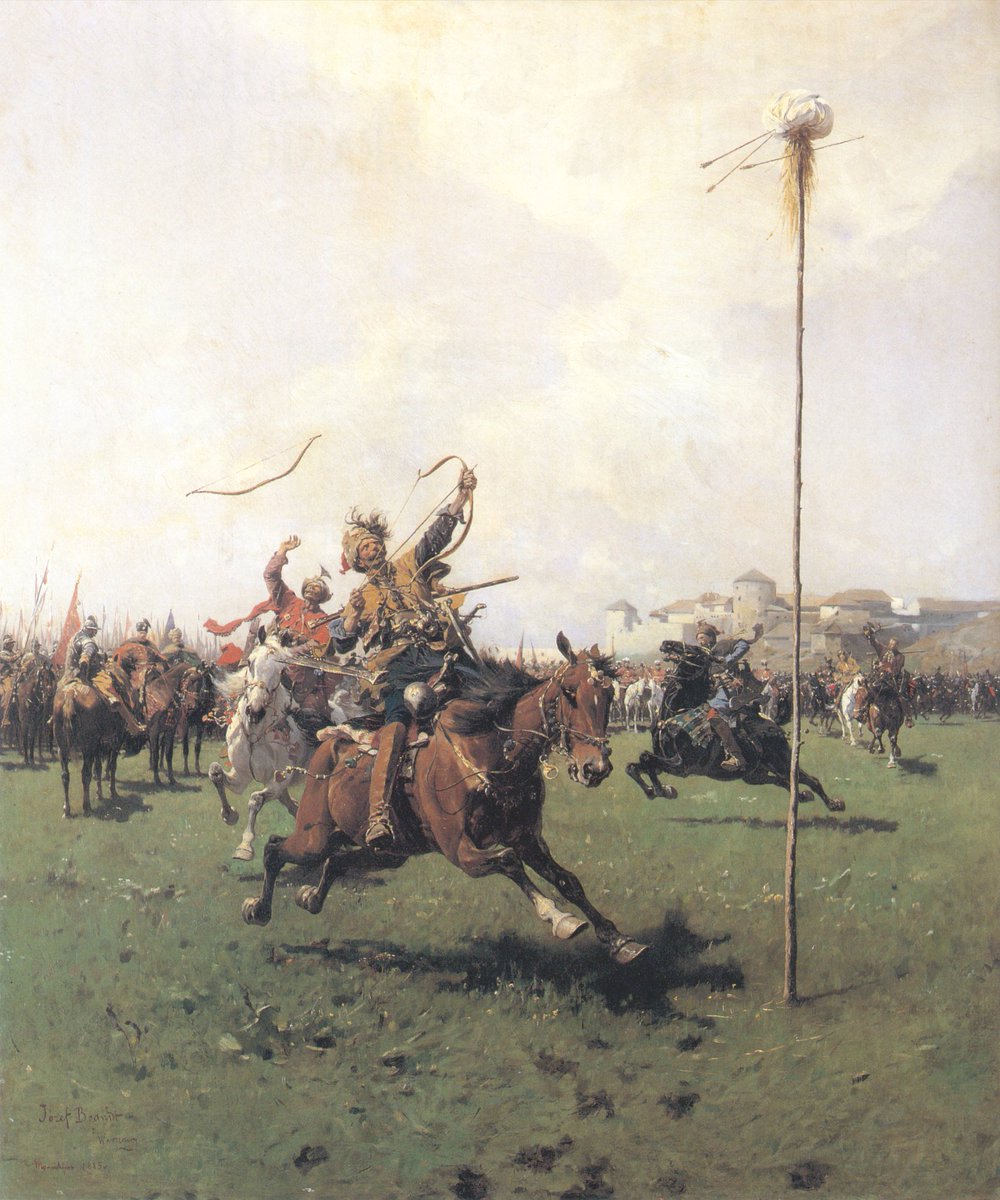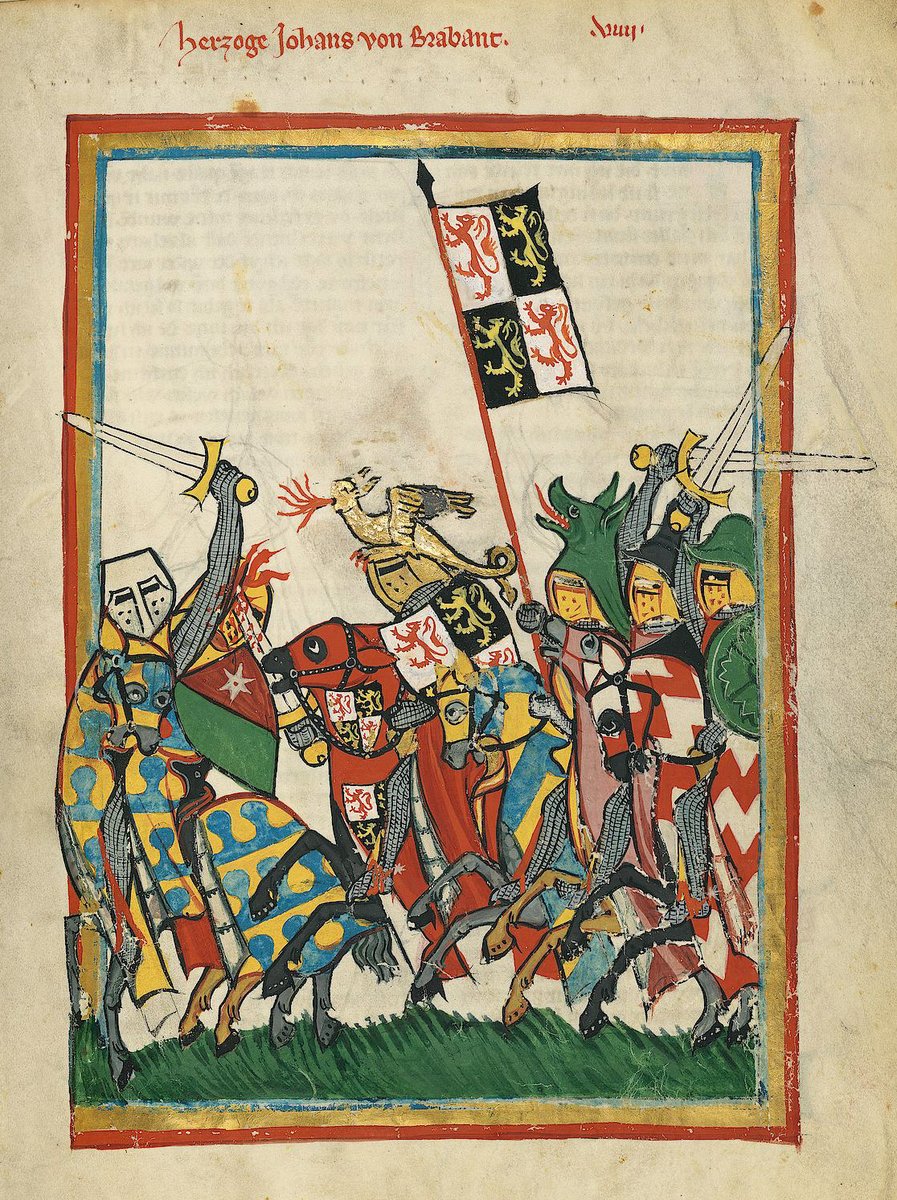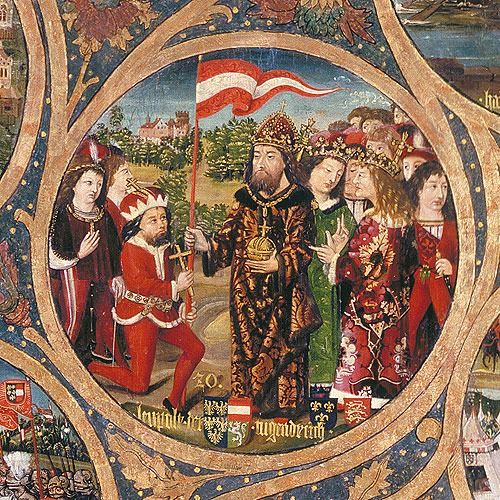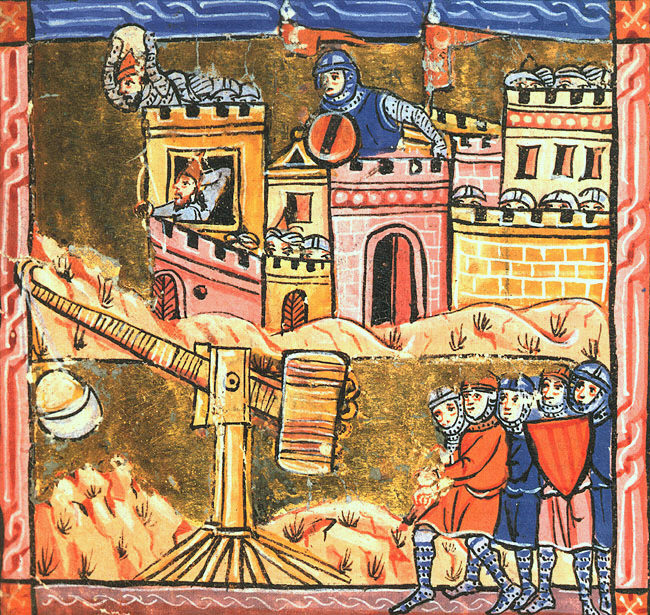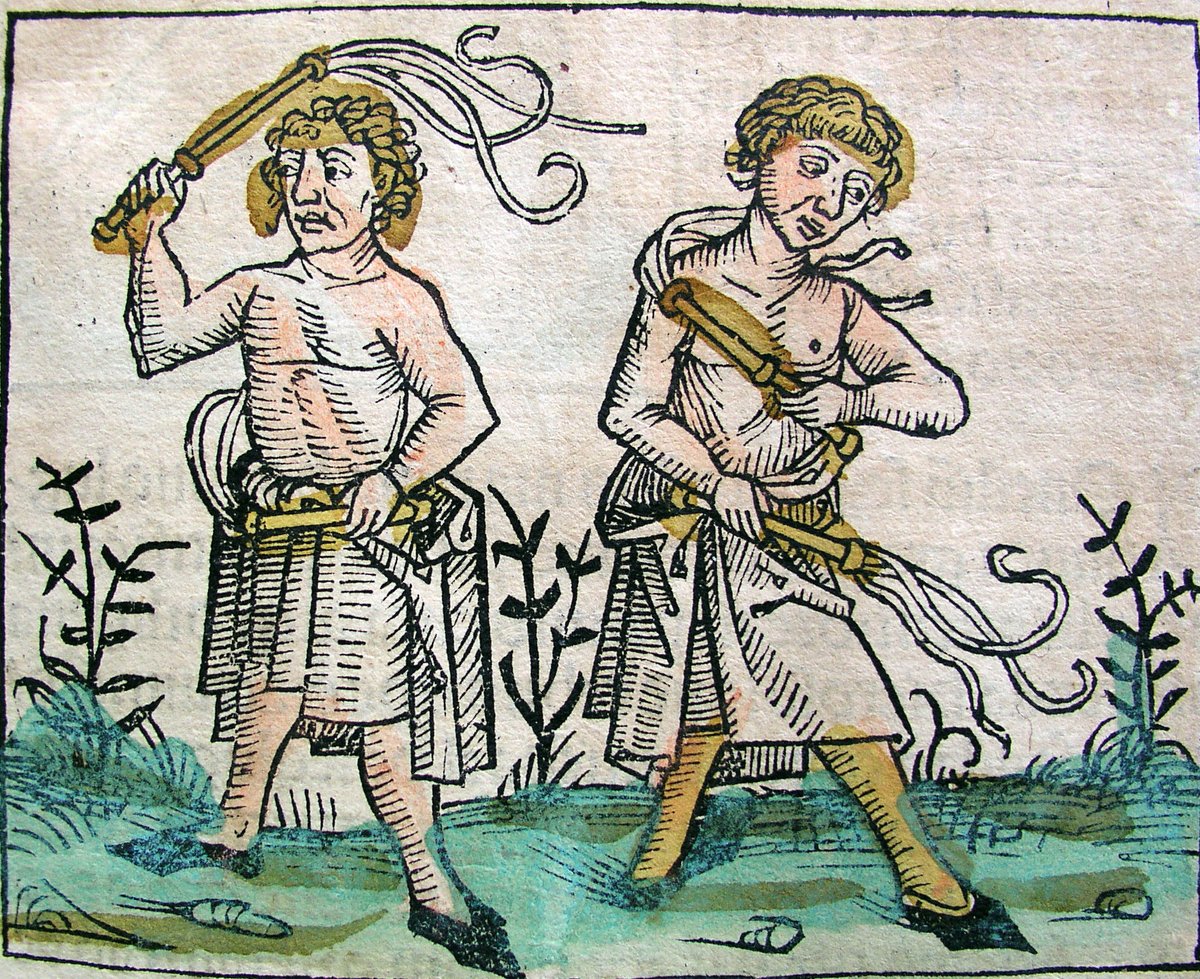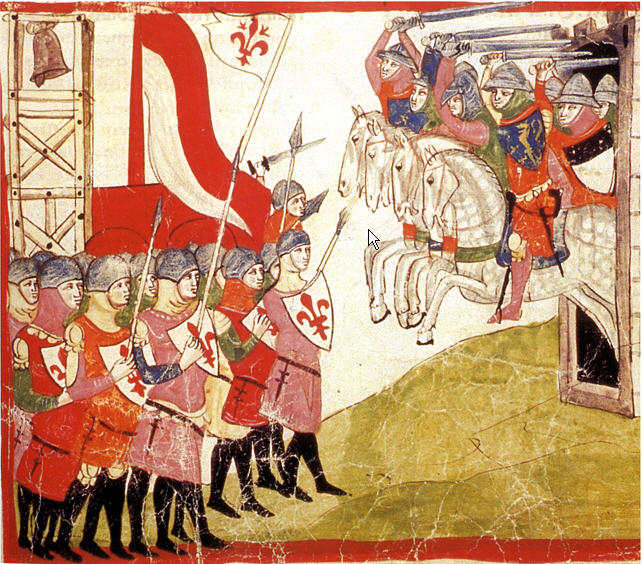
The Catalan Company, Societatis exercitus catalanorum, was one of the most effective elite mercenary forces in history! In 1303 these Catalan warriors were hired by the Byzantine empire to fight against Turks. The fury they would unleash on those far lands would become legendary! 
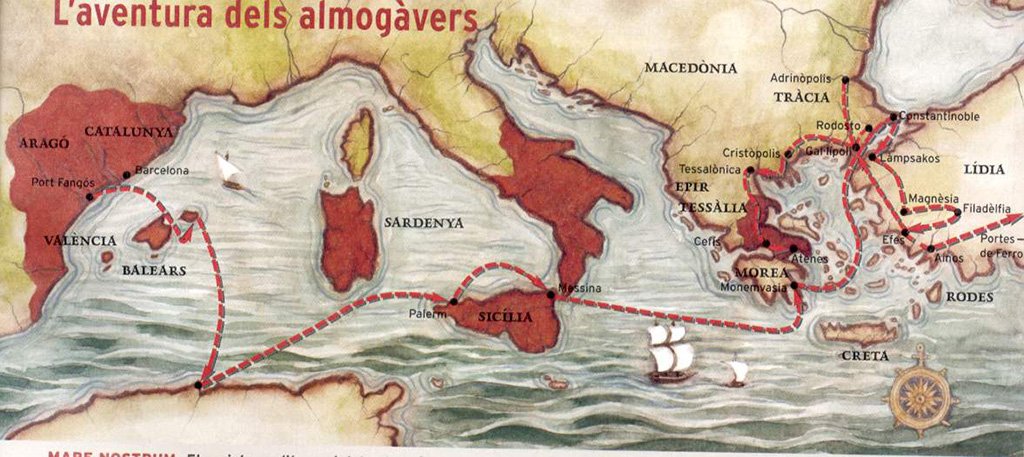
The story of the Catalan Company is one of the most amazing stories in European history yet it is now forgotten by Europeans and exists only as a terrifying memory of the descendants of people who were terrorized by these ferocious mercenaries. I will bring this story back!
The Catalan Company's epic journey started as they arrived in Constantinople in 1303. But like all great stories, the legend began much earlier, in the remote Iberian mountains during the dark time of Moorish occupation of Spain. It began with men they called the almogàvers. 
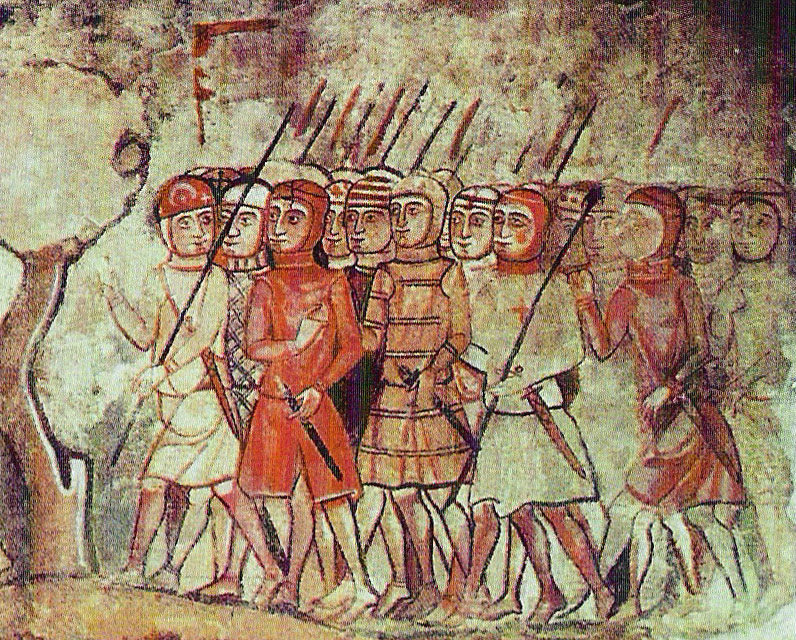
They say that the almogavars were originally Pyrenean shepherds faced with a difficult situation as due to the Moorish occupation, they were unable to use valleys in the winter. These defiant men would thus begin to raid the enemy territory to survive, organizing themselves. 

These shepherds would learn to use weapons and tactics with more and more efficiency. Even more importantly, these raids seemed to awake the warrior spirit in them, soon they began to love their new lifestyle! They would evolve in elite frontier soldiers as their new lifestyle. 

They would be called almogavars, name that would soon develop a fearsome and terrifying reputation as their skills and effectiveness increased. Through this struggle, they would train themselves to endure harshness and live days without food, living in mountains and forests!
These almogavars would be highly trained for battle as well. They were skilled with javelins and one-handed swords. Extremely mobile because of their total lack of armor, they fought unconventionally, prepared ambushes and fought at night, masterfully capturing enemies and booty. 

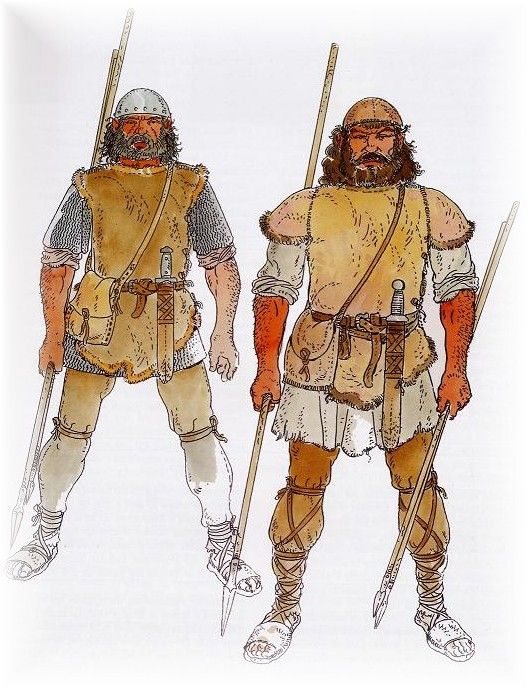

Essentially, the almogavars would become like some sort of medieval commandos, except without guns. To throw a javelin to fullest effect, one has to be extremely athletic and explosive and we can assume that they were highly trained athletic specimen, compared to modern athletes. 

Almogavars were employed by the Christian kingdom of Aragon to fight against the Mohammedan Moors and invade enemy territories. Their reputation as elite warriors grew "These people who are called Almogavars live for nothing more than the profession of arms," chronicles wrote. 



The experiences of brutal reconquista wars and harsh conditions of living hardened these men into war machines. Their appearance was rugged as well, with full beards and short gowns and sandals. Their battle cry was "Awake iron!" (Desperta Ferres!) making sparks with their spears 

The Kingdom of Aragon successfully pushed back the Moorish invasion and would get involved in Mediterranean politics, successfully defeating the mighty France in Catalonia and Sicily, conquering this wealthy island with the help of always adventurous and warlike almogavars. 

Frederick II would become King of Sicily. Truce with French was made in 1302 and after that he no longer had the need for almogavars and other mercenaries, neither did he have the means to sustain them. They would need to fight elsewhere and form an independent mercenary company. 
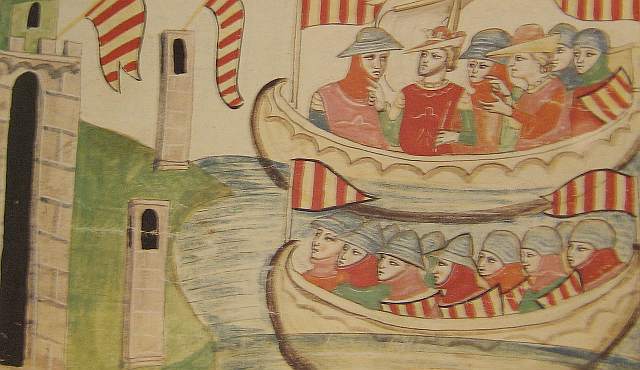
This is how the Catalan Company was born under initiative of Roger de Flor, an adventurous mercenary and vice-admiral of Frederick who was now also without a job. He was not a Catalan but of mixed German and Italian noble ancestry. His last name was latinized from Germanic Blum. 

Roger de Flor was a military entrepreneur, a man ahead of his time who acted like a Renaissance condottiere leader and immediately sent envoys to the Byzantine emperor Andronicus II, offering him the services of elite Aragonese warriors fresh out of the war with the French. 

De Flor knew that Emperor Andronicus II was in a desperate situation as Turks broke through the main defenses of the Byzantines in Anatolia. The elite mercenary warriors that Flor promised seemed like the last hope for the survival of the Byzantine empire which hired them. 

As the absolute elite of mercenaries, the Catalan Company was very expensive and Andronicus was criticized by contemporary Byzantines for paying such massive sums of money for them for which he had to impose a range of new taxes. The entire empire had to pay for the Catalans!
Roger de Flor, always the entrepreneur, took with him much more men than he promised, 6500-8000 men rahter than the 1500 agreed initially, forcing Andronicus to pay even more money as he didn't want to risk dissatisfied Catalan mercenaries looting. 4000 of them were almogavars. 

The Catalan Company that arrived to Constantinople in 1303 was well balanced, including a strong cavalry force of around 1500 combined with almogavar light infantry and archers. A very lethal combination ready to be unleashed on Turks. In November 1303 they embarked to Minor Asia
The campaign was successful from the start. The Catalans landed at Cape Artake and made it their base, destroying Turks inneighboring Cyzicus and made a surprise attack on the Oghuz Turkish camp, killing and capturing many. Next target was Philadelphia which was under siege.
The Catalans began their campaign to relief Philadelphia in 1304. The Turks were so terrified of the news of this ferocious mercenary band coming at them that they fled. The Company's cavalry managed to catch the Turkish rearguard at Germe and inflicted more casualties on them.
Finally, the Turks gathered a big force of 8000 cavalry and 12000 infantry to face the Catalans in a pitched battle. Despite being outnumbered, the Catalans inflicted a crushing defeat on the Turks, killing many. From there, Catalans moved to the Byzantine city of Magnesia. 
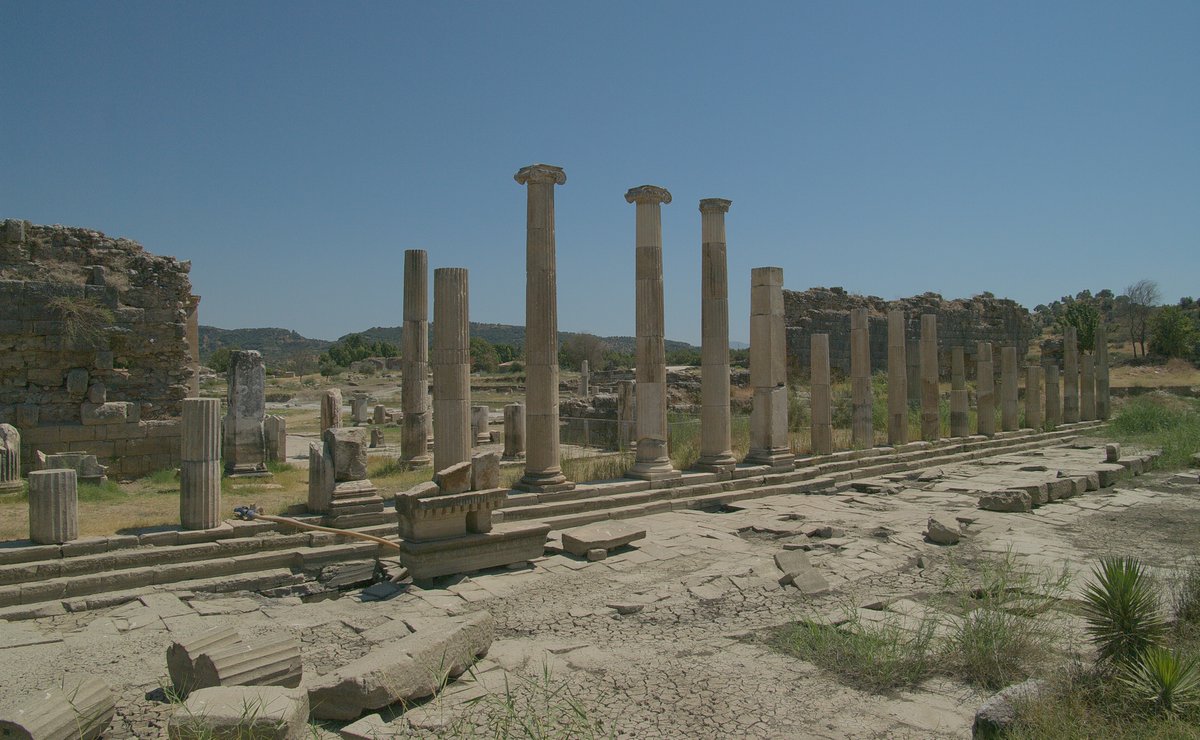
The Catalans were now deep into Anatolia, conquering more than they were originally expected to, setting Magnesia as their new base. In the same year of 1304, the Catalans would defeat the Turks at Tire next, then at Anaia, annihilating the forces of different Turkish tribes.
Roger de Flor's mercenaries were routing everyone in front of them, asserting themselves with true might and power. The ancient battle cry of "Iron awake!" was now echoing through Anatolia with terror as almogavars combined with cavalry proved extremely lethal and effective! 
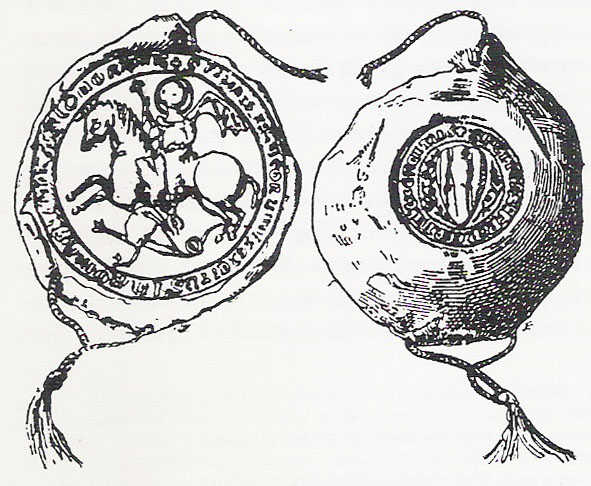
We don't have much information about how these battles took place but it seems that the Catalan tactic relied on their cavalry dealing with Turkish cavalry first and then the almogavars would crush the Turkish infantry and entrapped cavalry with their mobility and swift attacks.
In any case, it looked like the Catalans were able to bring the Turks to their knees and took over large parts of Anatolia. But then, the Byzantines betrayed them! The Byzantines like so many times in history worried about the might of crusaders and played games of treachery!
In 1305, the emperor turned against Roger de Flor and his son Michael IX had him murdered in cowardly fashion when he was back to Constantinople. A true stab in the back for the brave Catalans! The Byzantines tried to kill as many before the news would reach the main force.
The Catalan main force that was at Gallipoli swore revenge and the war of Catalan vengeance began. Michael IX expected the Catalans to get angry and sent a large force of Byzantines to besiege Gallipoli but was routed back by the brave almogavar warriors and other mercenaries! 
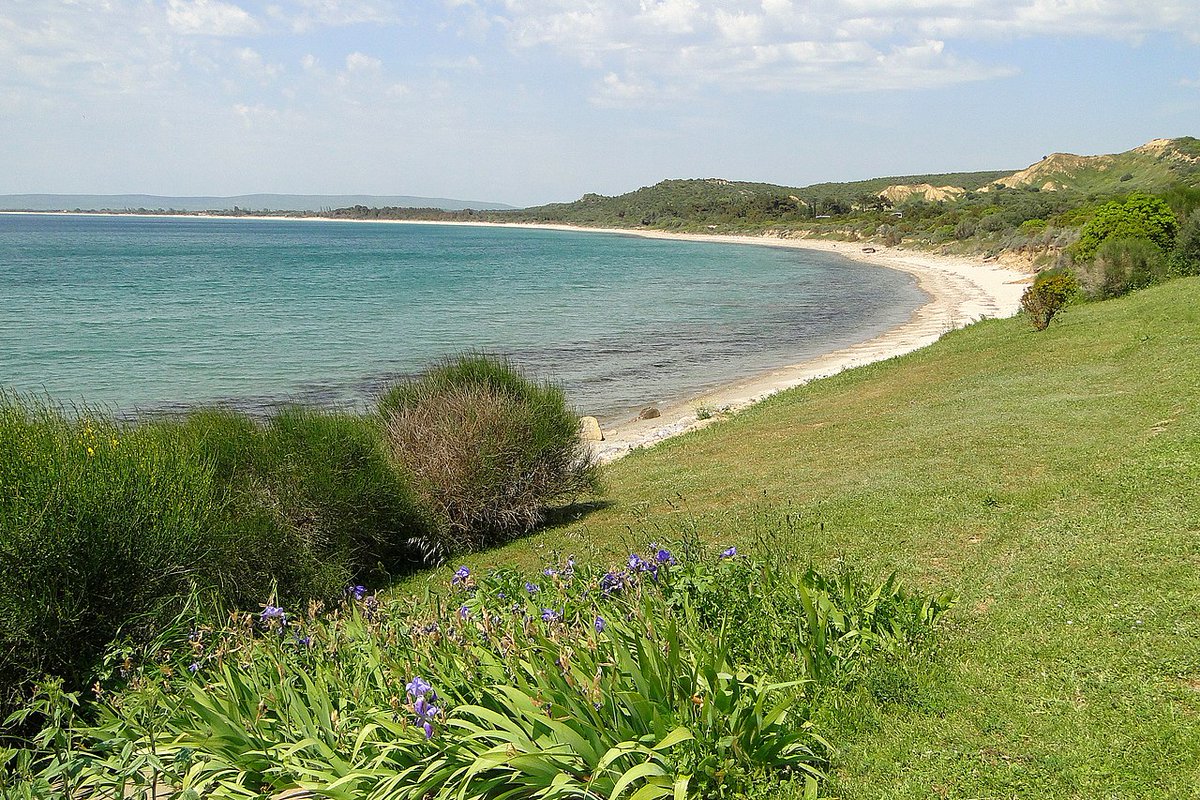
The Catalan Company would then face the Byzantines in the open field at the battle of Apros as Byzantines, led by emperor Michael IX, threw everything they had at them, counting on their Alan mercenaries who were involved in the murder of the gallant hero Roger de Flor. 

The Catalans were vastly outnumbered like always, but once again they managed to win a crucial victory with minimal casualties, fighting like a true brotherhood of warrior men, completely crushing the Byzantine force with Michael IX himself barely able to flee! Iron was awaken!
After this glorious victory, the Catalans went on a campaign of vengeance, plundering the territory of Byzantium and completely exhausting it, killing the enemy Greek tribes and destroying everything in their path. Such was their rightful revenge for the betrayal they suffered!
Ramon Muntaner remembers, "And from that hour all Romania was conquered and we had so put fear into their hearts, that we could not shout 'Franks' but they were at once prepared to flee. ... And then, every day, we made raids and raided as far as the gates of Constantinople." 

In 1311 after they exhausted the lands after years of plundering, Catalans would take control over the Frankish crusader Duchy of Athens after Walter V of Brienne hired them and didn't pay them, and put it under Aragonese sovereignty. A symbolic return to their Aragonese roots. 

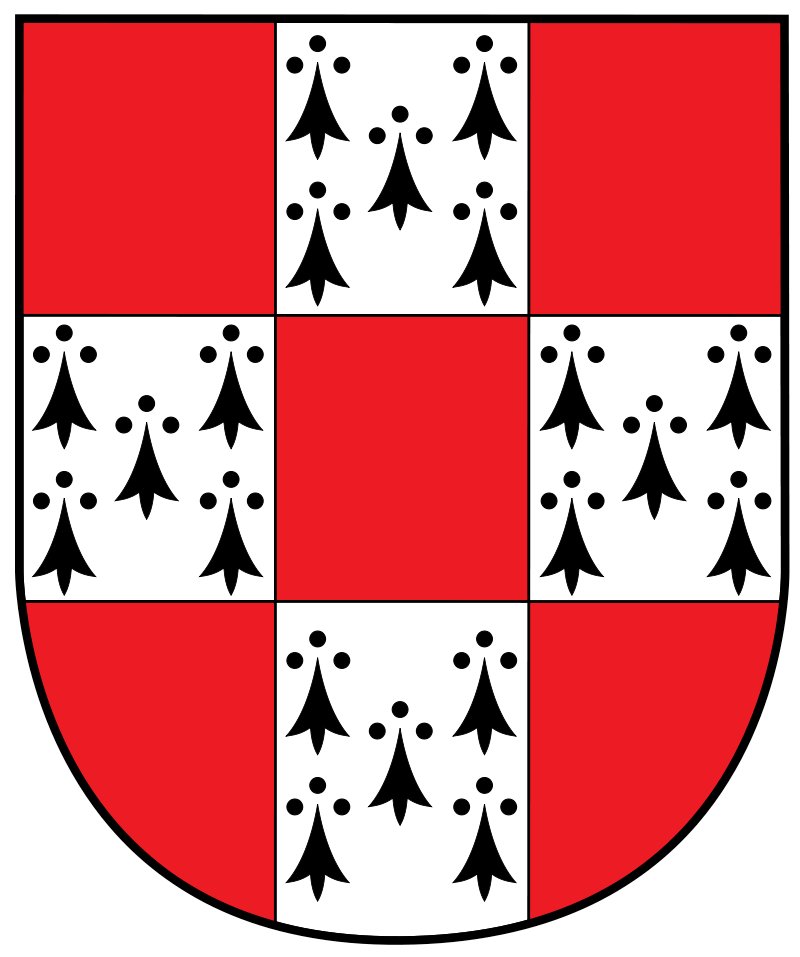
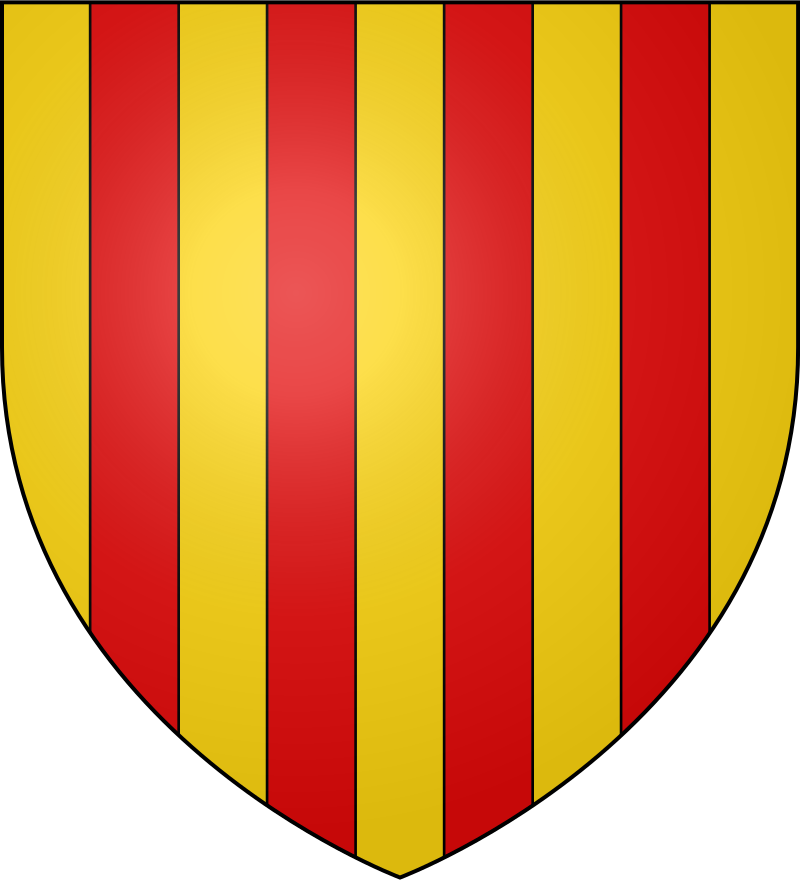
The main sources I used were Ramon Muntaner Chronicle, Byzantium and the Turks in the 13th Century (D. Korobeinkov), The Catalan Company in the East (D. Jacoby), Warfare in Late Byzantium, 1204–1453 (S. Kyriakidis)
There are many other important things I'd like to talk about when it comes to Catalan Company, but I didn't want to make the thread too long. I will keep posting about Catalans in the next days!
• • •
Missing some Tweet in this thread? You can try to
force a refresh




